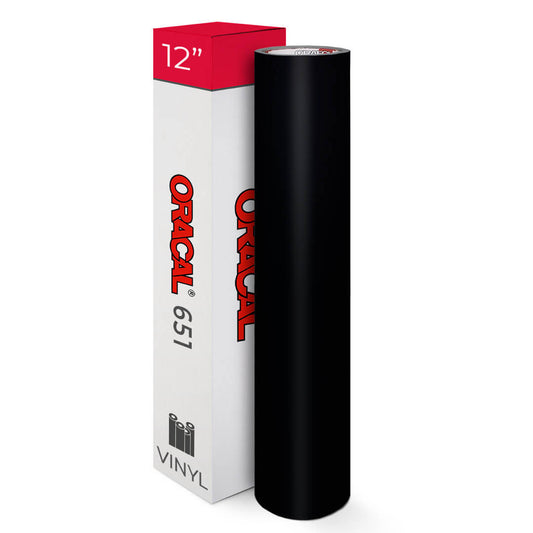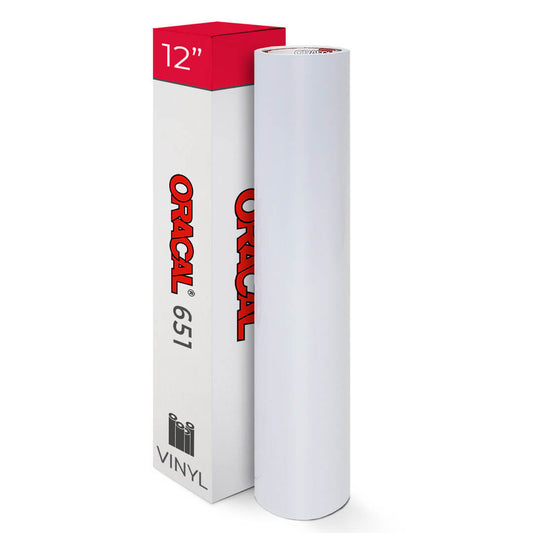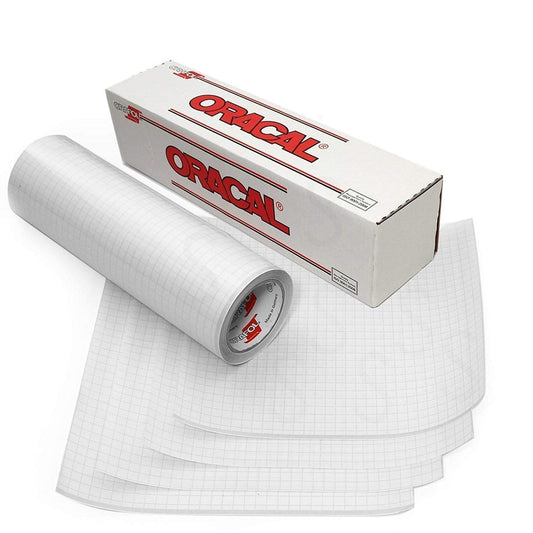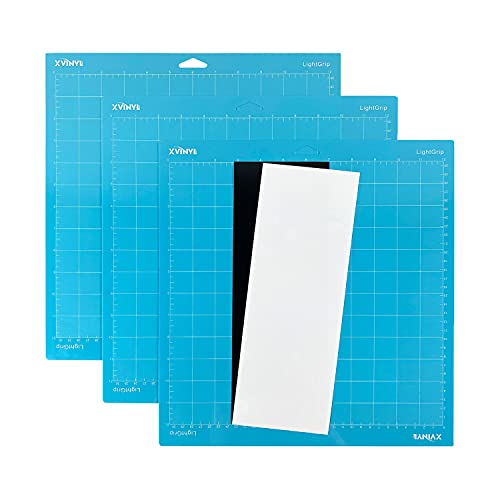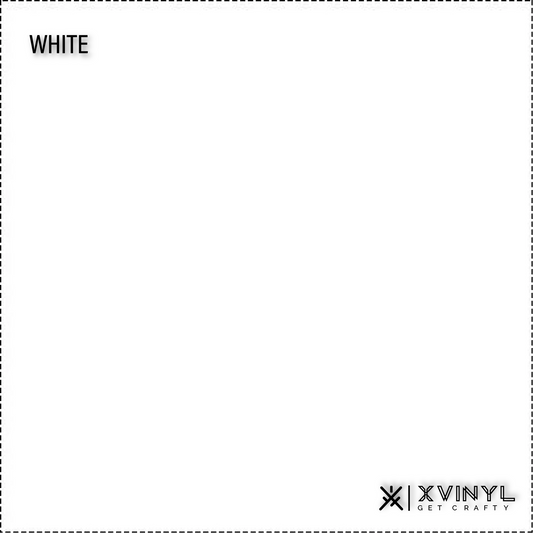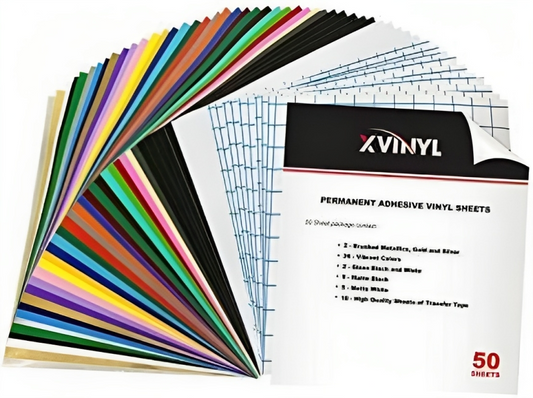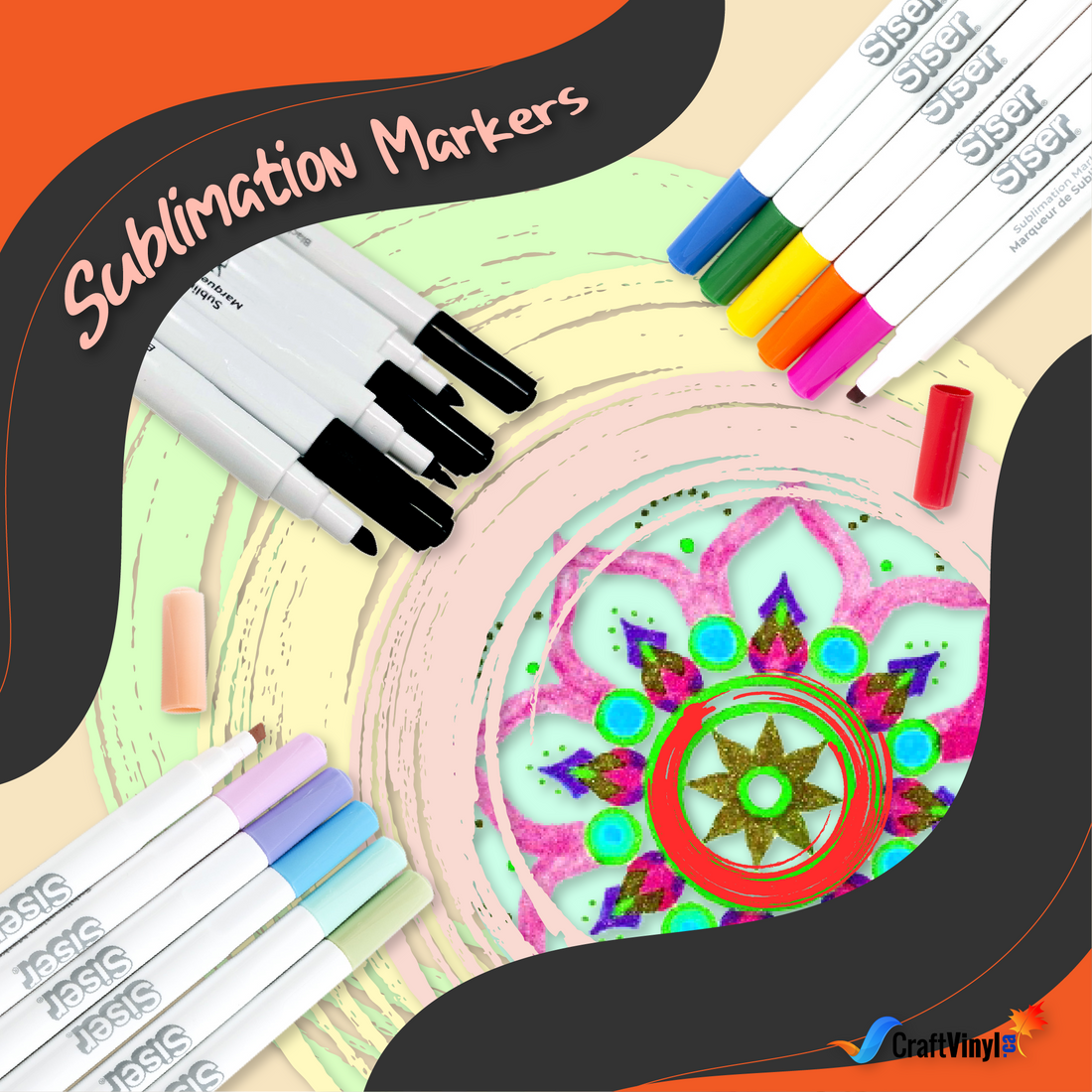SUBLIMATION MARKERS
The world of crafts has been overrun by sublimation! We have a fantastic way for you to try sublimation if you've been hesitant to do so without immediately purchasing an entire printer setup. Our unique sublimation technique allows you to transfer your designs from plain paper to almost any polyester fabric or polyester-coated items. Bring out your creativity within!
Would you like to learn more about crafts and venture outside heat transfer vinyl and sublimation printing? But then, you do not have the time and money to do so? If you're on a tight budget and want to start your crafting journey but can't afford an inkjet printer and cutting machines for your project, or you want to do this occasionally, I'm super duper happy for you because you're in a perfect place and time! This work will give you hope and a glimpse to turn your dreams into reality!
Let me share another fabulous material for sublimation that will leave you with a broad smile!
WHAT ARE SUBLIMATION MARKERS?
You picture pricey printers, sublimation paper, and sizable heat presses when you think of sublimation. However, there is a more economical way to start using sublimation. Using the sublimation markers is the way to go! It will enable you to gauge your level of interest in the process before committing to an enormous investment.
So let's discuss what a sublimation marker is...
Markers with sublimation ink inside are known as sublimation markers. They function and look like a standard marker. You use them similarly to how you would use regular markers rather than a printer. You can sketch, doodle, and color with sublimation markers the same way you would with ordinary markers. The special ink is used in sublimation, transforming into a gas when heated to a high temperature. Typically, the temperature is around 400°F. The ink turns into a dye at that temperature and stains the molecules, leaving a long-lasting impression. It merges with your blank because it turns into a gas. That could be a piece of clothing, another fabric, a specially treated ceramic, or even wood or metal.
Using a Cricut, you're probably familiar with infusible ink markers. These are nearly identical. They essentially function as sublimation markers. Siser sells sublimation markers, but Amazon is a great place to find and use other brands, like Xinart and Artesprix.
The markers are best stored flat on their side due to the unique sublimation inks inside. When ready to use them, turn them over, so the side with the nib or cap is on the bottom. The color should flow smoothly after letting them sit for about 15 minutes. When the markers are stored with the bill up, the ink may appear dried out, while when they are stored with the nib down, the ink may appear overly saturated.
So what's the advantage of using sublimation markers, then?
Advantages of Using Sublimation Markers
You can freehand when using sublimation markers, which is fantastic. Sublimation markers are probably your best bet if you're an artist and want to create designs that you can put on something; it's kind of like cutting out the "middle man." You don't need a printer if you want to do your design on your own.
You can even let your kids use your sublimation markers, which is a bonus. They can produce original works of art that you can print on a shirt, plate, tumbler, or coaster using a sublimation marker. What a fantastic idea!
You can use sublimation markers to add your unique touch to everyday use items like clothing, pouch, tote bag, and home decor using the dye sublimation heat transfer process!
HOW DO YOU SUBLIMATE WITH MARKERS?
I know that your heart pumps faster and excited to try this new method for sublimation!
So read this post first if you're unfamiliar with the sublimation procedure. I told you that you don't need much money to invest in this fantastic sublimation process. The good news for those who want to use sublimation markers is this; you only need a heat press or iron, plain paper, and the sublimation markers; no other supplies are required.
Just follow these simple steps on how to use your sublimation markers:
Step 1: Design Preparation
Using the sublimation markers, create a pattern on a blank piece of plain paper. Remember that your design will be pressed onto the blank item as a mirror image when drawing. If you're not an artist, you can purchase your preferred design and trace it mirrored with the markers. (This means that if you're writing, your text will need to be written backward!). Same rule in any designs you want to adhere to on your canvas, whether it is your favorite cartoon character or your name. Mirror it!
A sublimation marker will let you remember how you put colors in your coloring book. So this will be a good time for you!
Step 2: Put the design on the blank canvas.
It would be best if you used either a polyester blank or a specially made sublimation blank. You can use heat transfer tape to secure your design so it wouldn't move when you close your heat press.
Step 3: Pressing your design
Press the image carefully. Now, follow the instructions on the marker box. Press for 40 seconds at 350 to 400 degrees Fahrenheit using a heat press or easy press. I believe you should have applied more pressure to get brighter colors. If you think your design is not yet intact on your medium, you can press it for a few more seconds.
All familiar heat sources are compatible with sublimation markers. Still, you must pay close attention to the type of blank you're using because, in this case, the blank item determines your settings. In any case, you should always take this helpful action:
-To catch any escaping ink, place two layers of parchment paper on the top and bottom of the project.
See what we advise for heat application settings, so keep reading on!
Heat Press
The best results can be obtained using a Heat Press, just like with HTV. Both sublimation and heat transfer vinyl requires pressure, perhaps even more so. The evenly heated plate also guarantees that colors will be consistent after pressing. You have more than enough settings to be successful with Sublimation Markers because you can set the temperature to a maximum of 430°F, and the timer can last up to 90 seconds.
Hard Goods: 400°F, Firm Pressure, 60 seconds, Hot Peel
Soft Goods: 375°F, Firm Pressure, 45 seconds, Hot Peel
Cricut EasyPress
Because the pressure is all on you, this middle-of-the-road option isn't quite a heat press, but the heating across the plate is still superior to a home iron. Every time you use an EasyPress, we advise adding 30 degrees to the Heat Press setting. But since the EasyPress only goes up to 400°F, how do you handle hard goods? You can extend the pressing time by up to 30 seconds to account for the temperature difference.
Hard Goods: 400°F, Firm Pressure, 60-90 seconds, Hot Peel
Soft Goods: 400°F, Firm pressure, 45 seconds, Hot Peel
Home Iron
A home iron will function, but your results will vary due to the pressure in your hands, the fact that home irons frequently have holes, and the wide range of temperatures that can achieve across the plate. As a result, some areas may display your colors more vividly than others. To avoid shifting or ghost images, you must remain relatively still throughout the pressing process (heat tape is handy here once more). A dry iron would be preferable since it doesn't have holes and consequently heats up more uniformly.
Hard Goods: Highest Setting, Firm Pressure, 3 Minutes, Hot Peel
Soft Goods: Highest Setting, Firm Pressure, 3 Minutes, Hot Peel
Step 4: Removing Transfer
Allow your item to cool after the press is finished, then carefully remove the transfer tape and paper. Your hand-drawn artwork has been incorporated into a unique decorative item or garment. And that's it! You can now admire your work!
You don't need long years to practice your project because you can achieve this within an hour! The result is fantastic and perfect!
Discover More Great Articles On Crafting
To know more about Sublimation, please click the links below:
A BLAST FROM UNEXFLORED SUBLIMATION ON GLITTER HTV
Additional ways and tricks how to draw using your sublimation markers
-
Drawn by hand
Of course, drawing by hand is the most typical method of using Sublimation Markers. If you want to personalize your design, it's all possible!
-
Print and Trace
You could also print your artwork and color it like a coloring book! For these projects, your standard inkjet or toner printer works best; you don't need a fancy printer.
Don't worry if the ink color appears duller than the maker cap; heat application will make the ink brighter and more vivid.
-
Stencils and Stamps
If you make cards or scrapbooks, these supplies may already be in your craft room. You can create simple shapes with stamps, but you should avoid using words because you can't mirror them after stamping them on the paper. You could make your own unique stamps if you have a Silhouette Mint to expand the possibilities further!
Stencils are a simple, versatile way to spell things out because they come in various cute fonts and shapes. Just be mindful when moving the stencil not to smear any wet inks.
-
Be creative and innovative
The versatility of sublimation markers is what makes them so much fun! With some water and plastic wrap, you can create watercolor effects, combine colors to make new ones, and even press the design repeatedly to create a less saturated but still incredibly cool image.
When the markers are in your hands, we know you'll find even more creative uses for them, and we can't wait to see what you create!
WHAT PAPER DO YOU USE FOR SUBLIMATION MARKERS?
You can now create personalized hand-drawn designs with patented sublimation inks that come in the form of markers and are pressed onto any sublimation blank, including mugs, keychains, coasters, and even polyester clothing!
But before that, you have to consider the paper you have to use for sublimation markers.
So what should I use for my sublimation markers, then?
Regarding sublimation paper, sublimation Markers work well on lined paper, regular copy paper, and even graph paper. Although they seem to go together, sublimation paper is not a good choice for the markers. You should NOT use the Sublimation paper with the markers.
If you want to transfer your design to a garment or fabric, it must have a high polyester count because the dye won't adhere to natural textiles like cotton. Usually, look for materials with at least 65% polyester. Your transfer will be more vibrant with the higher the polyester content. You will also require the appropriate surface or substrate, just like standard sublimation ink.
Using the sublimation markers was quick, easy, and fun. Why not plan to experiment with them more in the future and share it with us?
Social Media Accounts:
FB: CraftVinyl.ca
IG: CraftVinyl.ca
TikTok: craftvinyl.ca
For your vinyl crafting needs, please check our website at www.craftvinyl.ca. We offer different Adhesive and Heat Transfer Vinyl, perfect for your next project.

